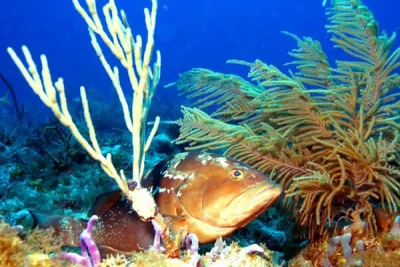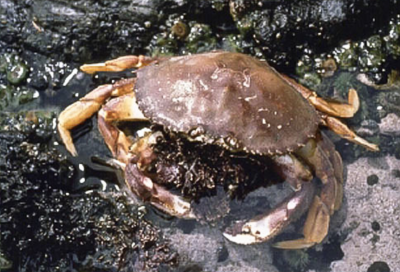For years, environmentalists and watermen have been searching for a way to deal with the Chesapeake Bay's "ghost pots" — derelict crab traps that are too deep to retrieve and too problematic to co-exist with marine life. Though the traps have been abandoned, they continue to ensnare and kill crabs.
Now two Anne Arundel County high school seniors have developed a possible solution: a trap held together with zinc rings that decay, making abandoned traps fall apart at the bottom of the bay.
"Leave it kids to find a great solution for a serious problem," said Tony Friedrich, executive director of the Coastal Conservation Association of Maryland. "There are a lot of derelict pots out there and we know that it's not great for the resource, so the more we get something to make them collapsible, the better off we are."
Crab traps become abandoned when they get separated from lines that tie them to buoys — propeller blades, harsh weather and other factors can cause them to separate from lines. They sink to the bay floor, where they endanger crabs and other species. With few viable ways to retrieve them, the traps have long been a bane of the crabbing industry, undermining yields for fishermen not only in Maryland but in crabbing regions worldwide.
A 2008 study by the Annapolis-based Chesapeake Bay Office of the National Oceanic and Atmospheric Administration estimated that more than 85,000 ghost crab traps were on the bottom of the Maryland portion of the Chesapeake Bay.
That year U.S. Sen. Barbara A. Mikulski led the way in ensuring that the state secured $15 million in crab disaster relief funds from NOAA's National Marine Fisheries Services to help the commercial fishing industry and bolster the crab population. A portion of the funds was earmarked for such projects as retrieving abandoned crab pots and crab pot fragments. Watermen hired to head the removal process retrieved 8,000 pots or pot fragments over a two-month period, according to information from the governor's office.
Read the full story at the Baltimore Sun>>






